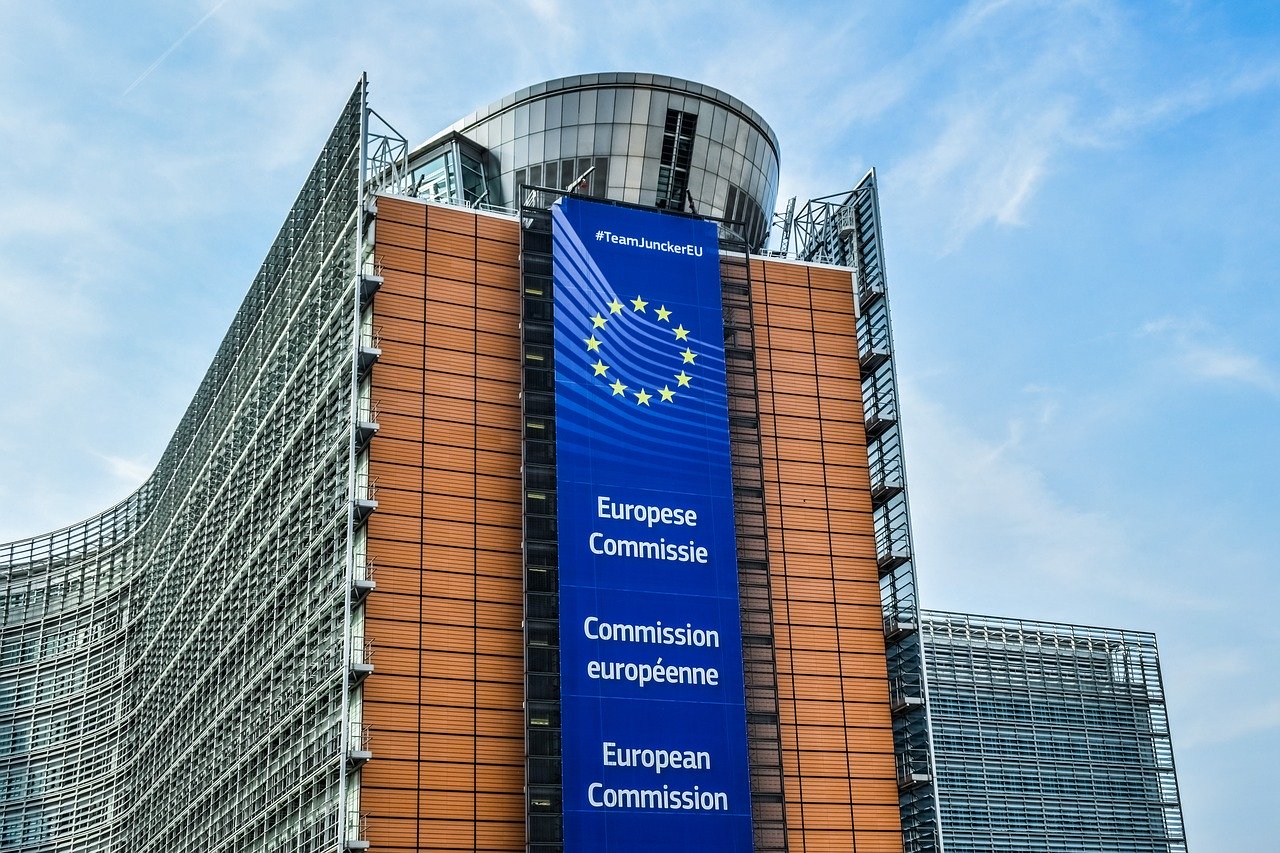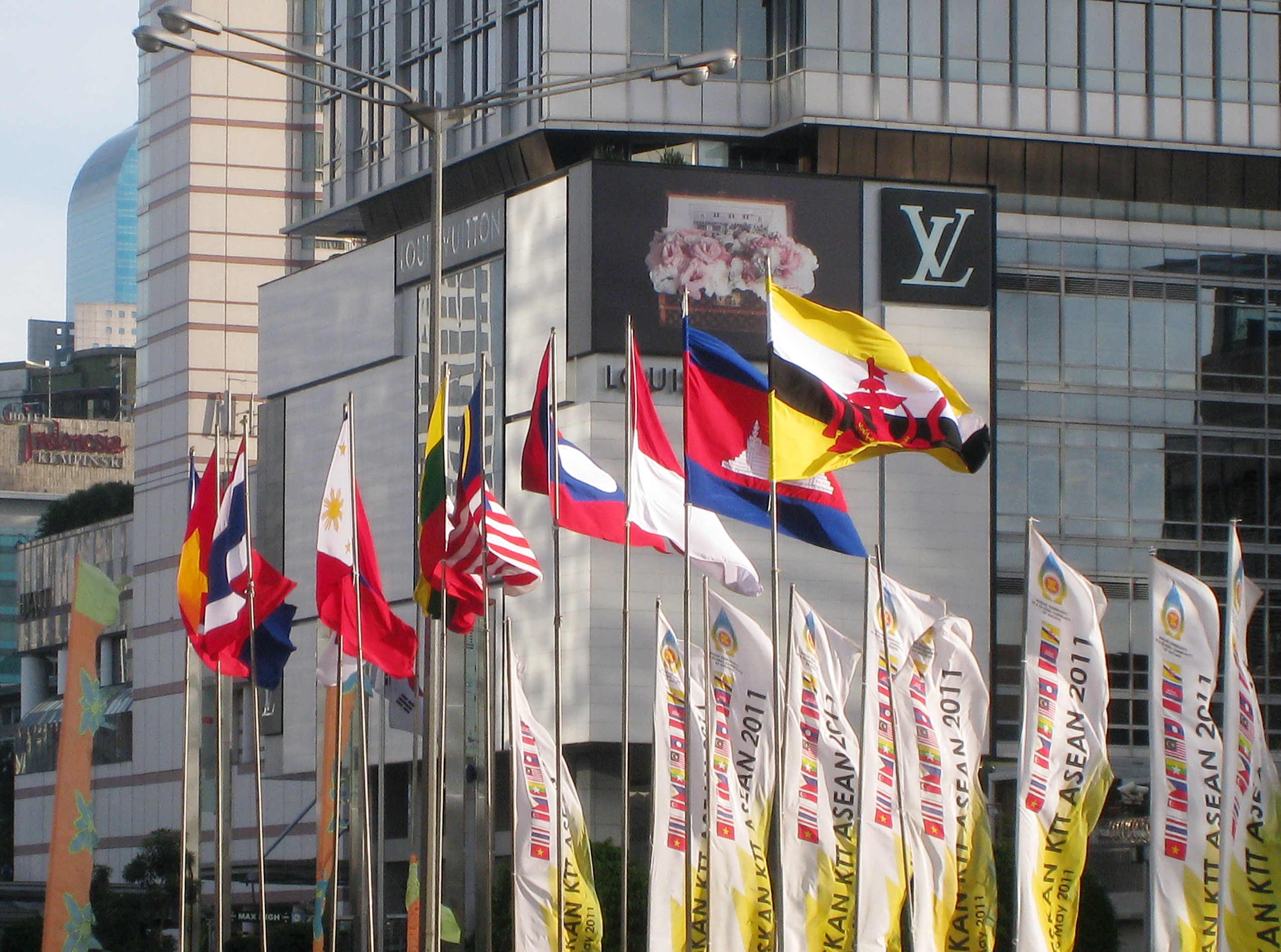Is China pursuing a ‘divide and rule’ strategy in Europe?

China’s actions in Europe continue to dominate newsrooms and fuel the debate on the geopolitical consequences of the ongoing pandemic. The behavior of Chinese diplomats in Europe is now not only subject to scrutiny from the party-state apparatus, which expects them to show ‘’fighting spirit’’, but also from state and non-state actors across Europe. Here, the brunt of this tension most recently fell on the European External Action Service (EEAS), the EU’s diplomatic service.
Together with the allegedly timid behavior of EU member states (EUMS) in the face of China’s ‘’mask diplomacy’’, political statements by figures like Serbian President Vuvic and an ‘autocratic phone call’ between Xi Jinping and Hungary’s Viktor Orban, the EEAS’s purported ineptitude is presented as a result China’s apparent aim to ‘play on’ European difference and to ‘divide’ Europe.
This prism for understanding EU-China relations is not new. This view emerged in a context of increasing Chinese investment in Europe in the early 2010’s and has reappeared with increasing frequency. Like most narratives about the behavior of Others, this prism of insecurity is closely linked to the political objectives of those doing the talking and requires examples (whether factual or construed) of such behavior to be compelling.
To tease out these two elements in a non-European example, one need only look at how ‘Western’ responses to the current pandemic are being construed as a complete failure in Chinese party media. Although the objectives behind the divide and rule (DAR) frame are less conspicuous than ‘Western failure’, they can be understood by tracing the evolution of EU-China relations since the early 2010’s in comparison to the political drivers of the relationship.
While the EU-China relationship was designated as a ‘comprehensive strategic partnership’ in 2003, it has remained primarily economic in nature due to mutual economic compatibility and the divergence in political values and security concerns. This does not, however, mean no political ambitions exist.
On the Chinese side, the leadership regularly expresses its support for the European integration project and its hope for the EU to become an independent pole in its preferred multipolar system. European leaders, on the other hand, followed a policy to socialize China into a multilateral (liberal) conception of world politics as part of the broader Western engagement doctrine for legitimating economic relations with the party-state.
This contrast between multipolarity and multilateralism continue to produce visible tensions in the relationship, reflected by Josep Borrell’s recent comment that ‘’our approaches on multilateralism differ, […] China’s state-centric stance contrasts with the EU’s multi-stakeholder approach’’. This differs with his more conciliatory and friendly message with regard to China earlier –
Opportunity to express solidarity with China on efforts to fight #Coronavirius and exchange with Chinese Foreign Minister Wang Yi on bilateral EU- China relations, #multilateralism & #climatechange ahead of upcoming EU-China summit. Discussed also china’s important role on #JCPOA pic.twitter.com/Km7PQb51Eh
— Josep Borrell Fontelles (@JosepBorrellF) February 15, 2020
Since the early 2010’s, the rapid rise in China’s global economic clout (and increased US-China competition) has exerted pressure on Europe’s engagement doctrine with regard to China. In Europe, the rise in Chinese investments in combination with the imbalance in investment access to the Chinese market created a problem similar to Japan’s economic externalization in the 1990’s.
‘Divide and Rule’ enters ‘Official-speak’
An influential and ECFR brief provocatively titled ‘’China’s scramble for Europe’’ prefigured much of the discussion on China’s economic statecraft in Europe captured by DAR, as it highlighted how pre-existing divisions between EUMS would make Chinese economic influence pervasive in crisis-ridden Europe. In fact, China’s role as a source of much-needed economic growth during the financial and Eurozone crises forced the European Commission’s (EC) to steer away from calls for an investment screening mechanism and temporarily diffuse internal concerns by starting negotiations on a bilateral investment agreement in 2013.
The pervading atmosphere was captured in a 2014 report from the European Union Institute for Strategic Studies (EUISS) wherein a deputy-head of the responsible DG Trade (the EC’s powerful trade ‘ministry’) unit argued that Europe’s perception of China as a threat depends on how it ‘’will evolve politically and, by extension, economically under its new leadership’’.
If China would not liberalize, he argued, ‘European unity’ would be the prerequisite for an effective (liberalizing) trade policy for China, while ‘’disunity comes at a longer term cost for all’’. Following a brief revival of the political relationship with Xi Jinping’s visit to Brussels in early 2014, China’s continued adherence to its state-led development model as its economic externalization intensified.
It is at this point that DAR became a widespread frame for EU-China relations, shaping discussions of China’s engagement with Central and Eastern European countries (CEEC) through the 17+1 framework, the Belt and Road Initiative’s effects on Europe, and Chinese investment in high-tech sectors. The push by Hungary, Greece and Croatia to soften an EU resolution on the South China Sea in 2016, or the use of China by CEEC to balance their relations with the EU are presented as proof of an emerging Chinese grand strategy.
Then, German foreign minister Sigmar Gabriel noted: ‘’If we do not succeed for example in developing a single strategy towards China, then China will succeed in dividing Europe’’, and, in an expert turn of phrase, that ‘’China should follow a ‘One Europe’ policy’’. Just when Donald Trump forwarded the notion that the US had been taken advantage of in its trade relationships under previous administrations, DAR rose in prominence as a European victim-narrative.
Whereas Trump blamed the incompetence of previous administrations, DAR came to be characterized by a focus on the ‘naiveté’ of Europe’s leaders and business communities. This was evident when this frame saw an upsurge in the run-up to the 2019 EU-China summit, a period of intense political symbolism as Italy ‘joined’ the BRI with a Memorandum of Understanding (MoU), and Xi met a troika of the French, German and Commission leadership in Paris at President Macron’s insistence.
Indirectly criticizing Italy’s ambitions to sign the MoU, Macron stated that “the period of European naivety is over” and that “the relationship between EU and China must not be first and foremost a trading one, but a geopolitical and strategic relationship”.
Critically assessing the DAR discourse
As an in-depth exploration of the objectives of individual German, French and EC actors in forwarding DAR would extend the argument too far into speculation, some general trends can be identified by looking at implicit messages contained by the discourse’s operation in recent policy documents and speeches. Firstly, the emphasis on European naiveté in DAR positions the problems of engagement and the deterioration of political relations as a result of the PRC’s strategic manoeuvring, thus downplaying the EU’s own responsibility. Secondly, it legitimates a shift from socialization to ‘principled pragmatism’, and subsequent moves towards a ‘geopolitical Commission’, the label accorded to the new EC by its President Ursula Von der Leyen.
Unity, it is reiterated, is the fundamental precondition for influence vis-à-vis China. However, as Rogelja and Tsimonis argue, DAR taints communicative action vis-à-vis China as it positions a core group of EUMS (often Germany and France; I would like to include the EC here as well) as the only actors capable of formulating a coherent response.
Thirdly, the original economic imperative which gave life to DAR is also present. Published by the EC ahead of the EU-China summit, a report partially translates an earlier much-publicized Budnesverband der Deutschen Industrie policy paper into ‘EU-speak’: ‘’in order to maintain its prosperity, values and social model over the long term, there are areas where the EU itself needs to adapt to changing economic realities and strengthen its own domestic policies and industrial base’’.
Thus, the creation of EC-organized ‘industrial alliances’ and revisions of core mechanisms guaranteeing internal competition proposed in Europe’s new Industrial Strategy becomes a legitimate response to the geo-economic shift to China. A critical perspective would highlight here that the renewal of barriers to investment and the creation of intra-European value chains not only guard against technological or economic domination by China, but also limits autonomy of economic development in countries not already part of the ‘liberal West’.
By tracing uses of the divide and rule frame in this contribution, I have attempted to illustrate that – contrary to what seems to be the prevailing mood in discussions about the EU’s role in the world – China’s alleged division and rule of Europe may be not be a Chinese strategy at all, but a European one. It is not my intention to argue here that interference in EU affairs through ‘pork-barrelling’ does not happen, or that recent evolutions in China’s domestic and international policies do not merit scrutiny. Rather, I simply sought to illustrate a recurring dynamic in EU-China relations which narrows the scope for open debate between Europeans on how to respond to China’s growing role in Europe.
Like what you read? Do give us a ‘like’ on Facebook to keep updated on future commentaries and articles.
Author
-

Steven Langendonk is a PhD candidate at Leuven International and European Studies, KU Leuven. His research aims to investigate different repertoires performed by Chinese diplomats in international organizations. Broader interests cover the intersections between (Chinese) ideology and foreign policy, the constitutive dimensions of power, and the consequences of Eurocentric biases within International Relations literature, theory and methodology.
Steven Langendonk is a PhD candidate at Leuven International and European Studies, KU Leuven. His research aims to investigate different repertoires performed by Chinese diplomats in international organizations. Broader interests cover the intersections between (Chinese) ideology and foreign policy, the constitutive dimensions of power, and the consequences of Eurocentric biases within International Relations literature, theory and methodology.




